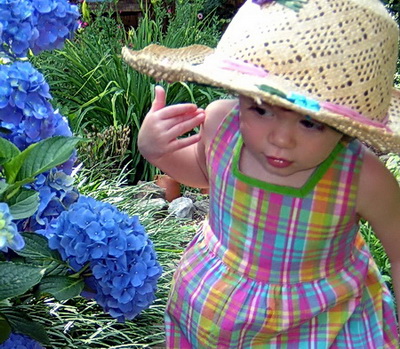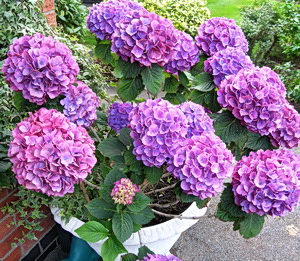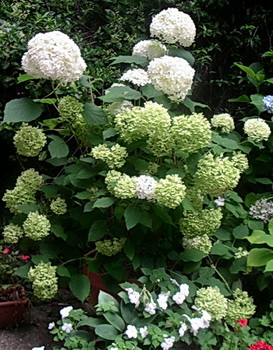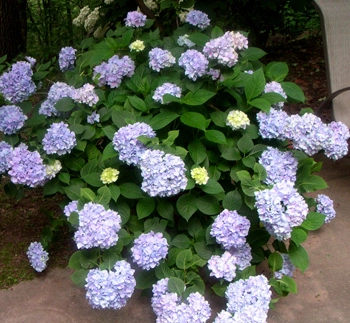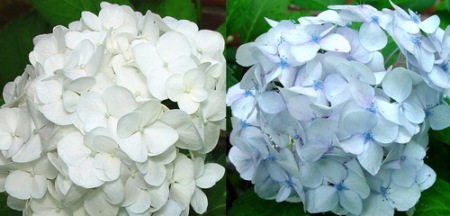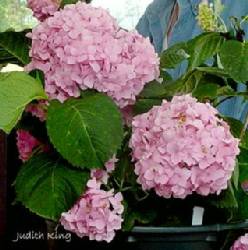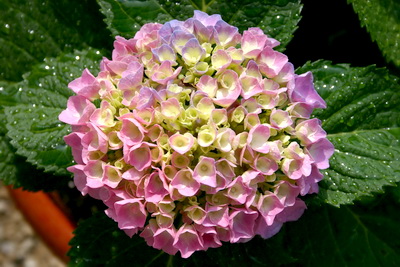In a recent email, Jerry writes:
We just received a beautiful Hydrangea plant and will most likely transplant it outside. The question we have is whether or not the plant is harmful to animals? We have a dog and a kitten…
Thanks for your help. —- Jerry.
—————————————————–
Jerry,
This is a common question I get from people who have children or pets. I honestly don’t think you have to worry. I have received hundreds of emails from people discussing hydrangea problems, I’ve been to conferences on hydrangeas, and I am alert for any reports of toxicity. I have heard of none. Not one word.
I’ve heard that if the leaves are eaten they might cause a stinging sensation, but I’ve not heard of this actually happening. There is one unsubstantiated report from the 17th or 18th century of a horse dying after eating a bunch of hydrangeas. But, to tell you the truth, I don’t put much stock in that story. Different cultures have different names for plants and stories tend to get distorted over time.
I have a friend in Belgium who drinks tea make from hydrangea leaves.
So, while I can’t give you a guarantee, I’d be willing to bet there are at least 1000 ways animals and children can find to harm themselves more surely than eating a hydrangea leaf or petal from a bloom. I would be interested in hearing from anyone with more information on this subject.
Judith King

